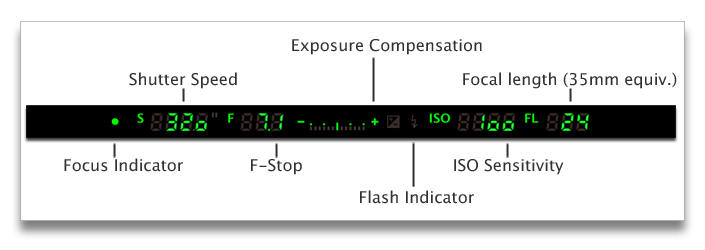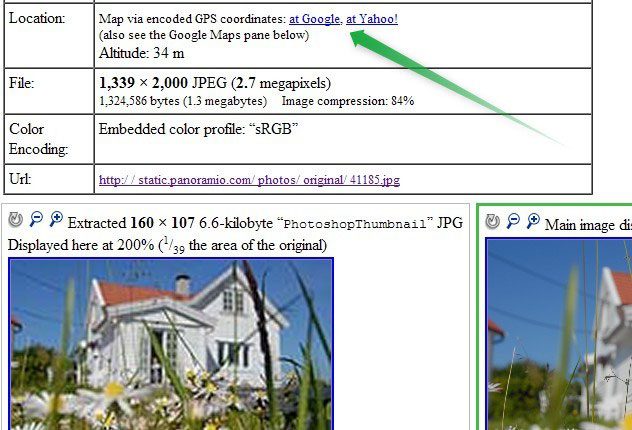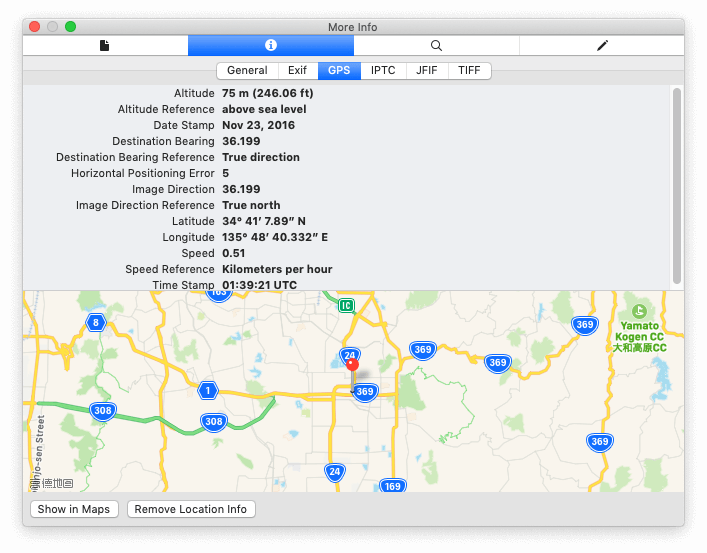
The IPTC fields may only be able to say, for example, that you took a photo in the Tasmanian State Forest, Tasmania, Australia, but GPS data can pinpoint a location of –41° 13’ 58.10”, +147° 59’ 12.26”, which is a precise spot within the state forest (Figure 1).įigure 1 shows an image in Expression Media, along with a screenshot tagging that image on Google Maps. Unlike the IPTC location fields, which provide incomplete and sometimes subjective information about where a photo was shot, GPS data can provide an objectively precise position. While the process is generally hard to fully automate, it's getting much easier.

And there are dozens of freestanding applications that can add GPS data to image files. Popular image management software, such as Adobe Lightroom and Apple's Aperture offer GPS integration is various forms. DSLR cameras frequently offering the ability to add a GPS tagging module either from the camera manufacturer or a third party. Some digital cameras now have GPS receivers, but these tend to be point and shoot cameras. The direction information, for instance, refers to the direction of travel, not the direction the camera is pointed.) (Although there is a lot of other information that can be saved in GPS metadata, it’s harder to mash-up most of it usefully with the photo. This information can be used to determine the precise location of the camera when a photo was taken. Since we’re mostly concerned with information about the instant the shutter was snapped, we’ll mostly be interested in the latitude and longitude data and sometimes the altitude.

GPS data can include latitude and longitude, as well as altitude, speed, direction, and more.

A GPS receiver uses a series of geostationary orbiting satellites to compute its location by triangulation. GPS technology was first developed for the US military for use in determining precise locations.


 0 kommentar(er)
0 kommentar(er)
